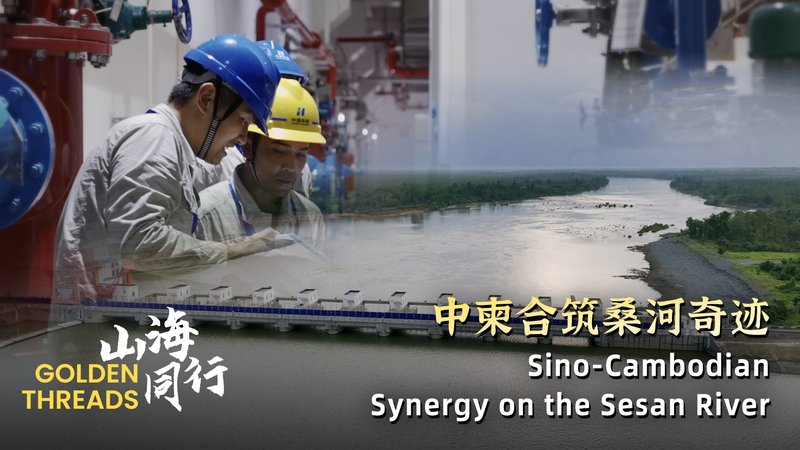Flowing through Cambodia’s northeast, the Sesan River has long shaped local livelihoods. Since 2013, a 6.5‑kilometer structure spanning its waters has transformed that legacy into clean energy and regional growth.
The Lower Sesan 2 hydropower plant, co-developed under the Belt and Road initiative, now meets 20% of Cambodia’s electricity needs. It generates 2 billion kilowatt‑hours annually—enough to power roughly 600,000 homes—and offsets about 600,000 tonnes of CO₂ each year, a major stride toward sustainable development.
Beyond the numbers, this project fosters cross‑border knowledge exchange. Young engineer Thet Kosal, raised in a riverside village, completed training programs in the Chinese mainland and returned to lead local R&D on turbine optimization. “Working alongside experienced Chinese engineers opened my eyes to global best practices,” he says. “Now I’m passing those skills on to a new generation here in Cambodia.”
For business and tech enthusiasts, Lower Sesan 2 illustrates how international cooperation drives innovation in emerging markets. Thought leaders note that linking infrastructure with skill building creates a multiplier effect: communities gain reliable power and the human capital needed to sustain it.
As adventure seekers explore the river’s lush banks and digital nomads connect from nearby towns, they witness a living example of how smart engineering and cultural exchange can power both economies and aspirations. The Sino‑Cambodian partnership on the Sesan River is more than concrete and turbines—it's a blueprint for global synergy and real‑world impact.
Reference(s):
cgtn.com
